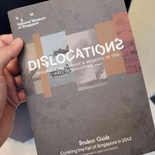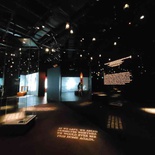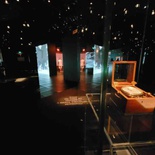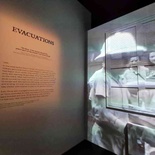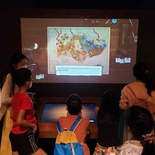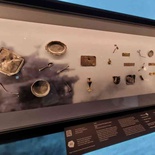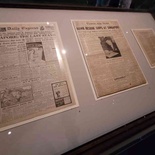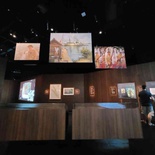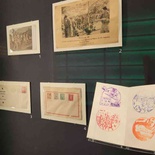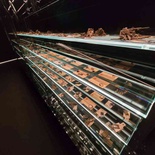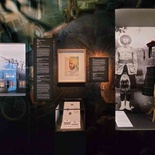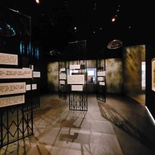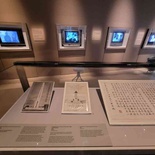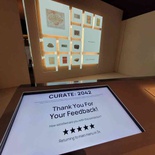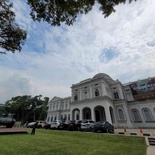National Museum Dislocations exhibition: Memory and Meaning of the Fall of Singapore, 1942, is a commemorative wartime exhibition focused on the aftermath of the Japanese Occupation in Singapore. Also, it is one on history and one documented on one of the darkest days of Singapore’s early history. Let’s take a gallery exhibition walkthrough.
Outdoor AMX-13 tank
Dislocations exhibition aims to showcase and tell the story of Singapore during the Japanese occupation. The temporary exhibition runs till 31st July this year. Moreover, the galleries are located at the Singapore National Museum building at Stamford Road in their basement exhibition gallery.
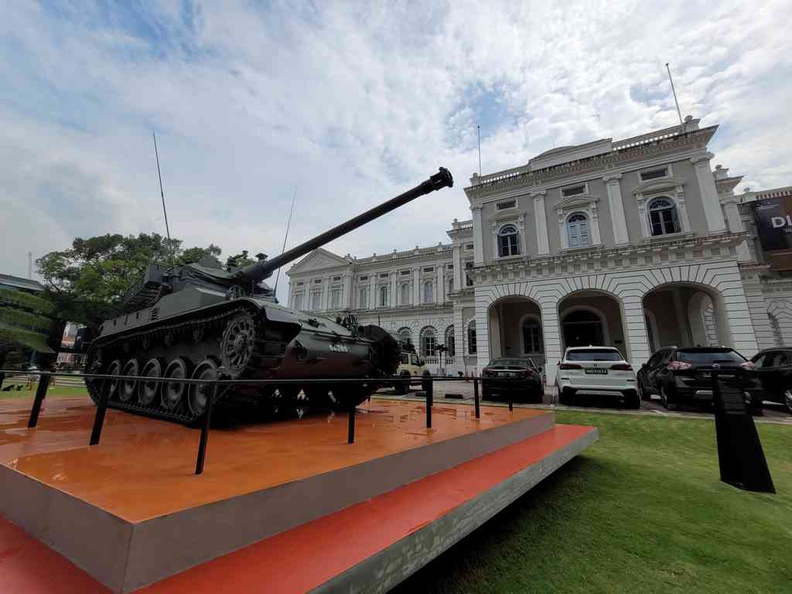
Starting out first, the exterior of the museum entrance front is a French AMX-13 light battle tank. Also, these light tanks served as the Singapore’s main battle tank in early SAF, till it was replaced by the current localised German Leopard 2 SG Main Battle Tank.
Additionally, notably, these old AMX French battle tanks were purchased, refurbished and upgraded locally after the world war. Also, it tags along with the military context and ideology of the importance National Defense given the Japanese Occupation war context.
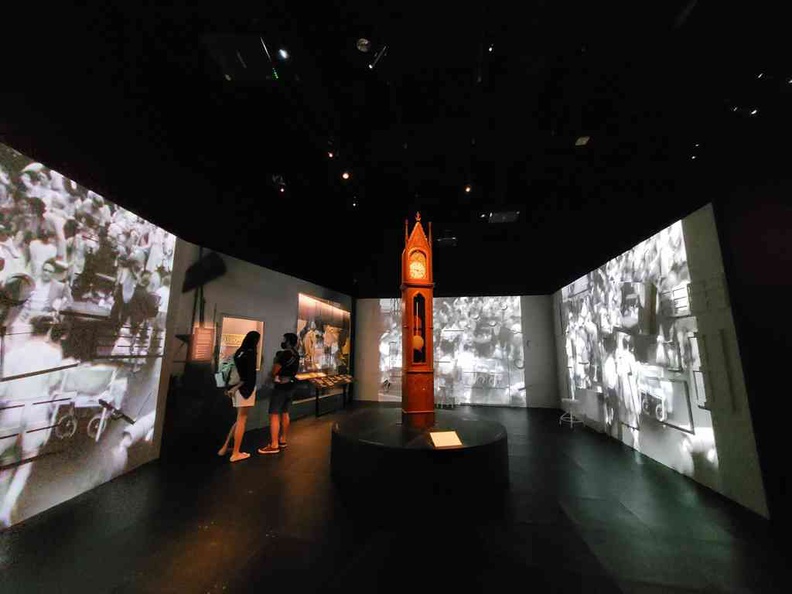
Horrors of the Japanese occupation
Moreover, the exhibition is located at the basement floor of the National Museum of Singapore. Also, the temporary exhibition marks the 80th anniversary of the British Surrender to the Imperial Japanese Army in Singapore on 15 February 1942. Starting the Dislocations galleries is a small staging area, with a display of a military 20mm naval anti-aircraft gun.
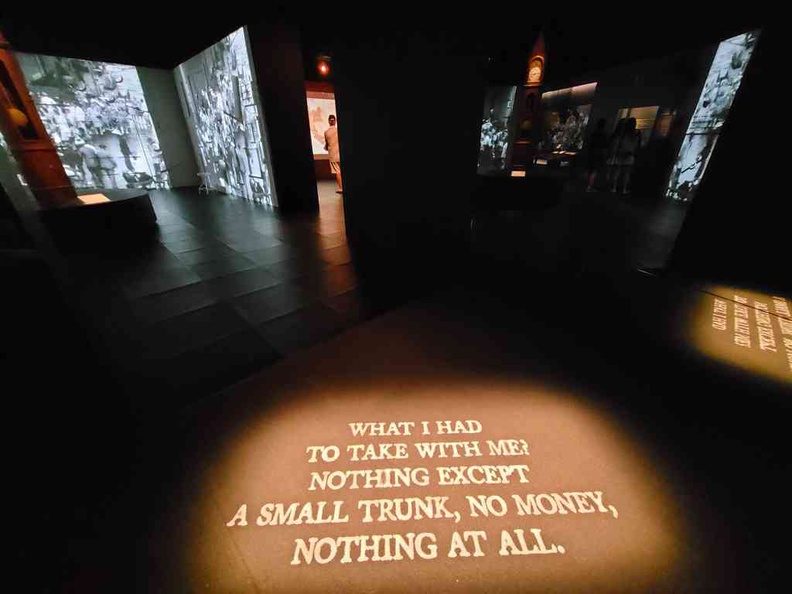
Furthermore, the exhibition story is told through physical objects, documents and audio-visual elements. In-addition, various sub-galleries flow through a linear sequence. Also, an introductory mirror walled gallery greets you in a blackened environment covering events leading up to the start of the Japanese invasion.
Interestingly, the evacuation of Singapore happened before the war came was not plain sailing either. It is a route available to the wealthy. Additionally, this includes a family also managed to escape an evacuation ship attacked by the Japanese. Also, those we stayed got to go through the perils of war. Also, on display too are some old British newspapers covering the 1942 fall of Singapore.
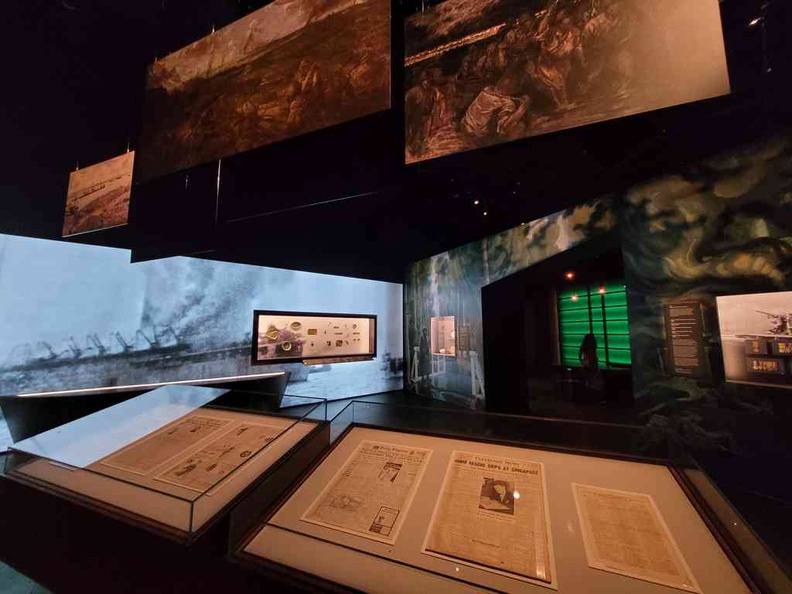
Furthermore, interestingly, there is brief gallery covering the Japanese rule. Here, you find Japanese stamps and postcards made by the Japanese post offices to commemorate the capture of Singapore.
Shook Ching gallery
Moreover, leading onto a more sombre galleries is one touching on Shook Ching massacre. Also, it is a grim event where the Japanese carried on systematic purge or anyone posing a treat to the Japanese regime.
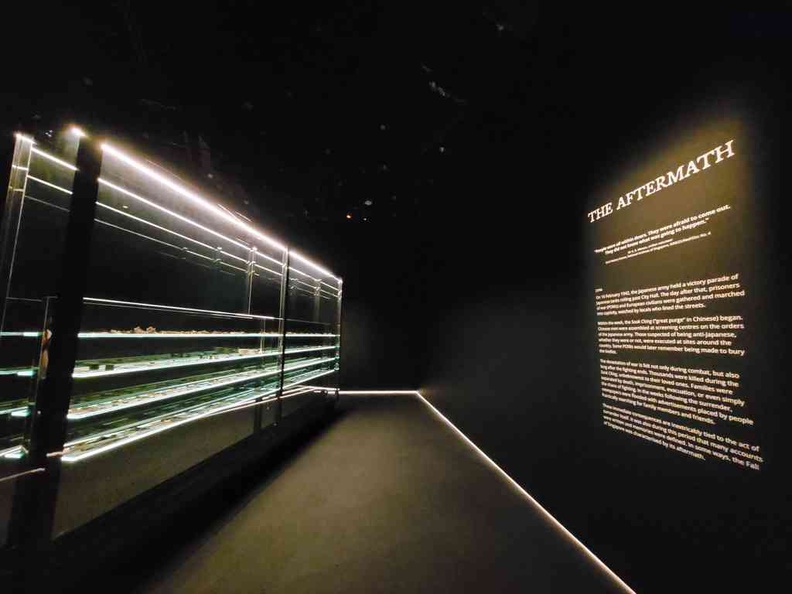
Furthermore, the mass killing occurred from 18 February to 4 March 1942 in Singapore after it fell to the Japanese. These galleries showcase oral histories woven into specially designed desks. Also, they evoke reflections and conversations among visitors, exploring the notion of war memories remembered and retold.
In addition, taking center stage in this gallery is a large glass shelf containing various personal items found from various Sook Ching mass graves. Items includes keys, watches and circular glass lenses.
Additionally, if this strikes a bell, you might remember past Japanese occupation war galleries we visited in museums around Singapore. Notable ones to expand your history knowledge includes the Synonan Gallery. Also, it is as part of the memories of Old Ford Factory exhibitions, complimented by the Reflections of Bukit Chandu museum too. Similarly covering the Japanese Occupation, and Its Legacies, is the Discovery center with their Lens through time gallery.
Closing galleries
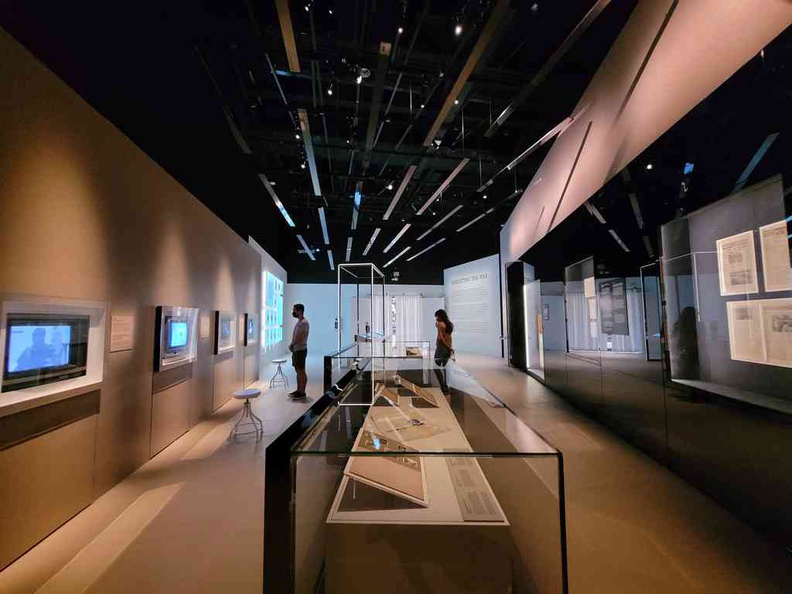
Moreover, the galleries leads on closing with a “Curate 2042” gallery. It marks the 100th anniversary of the second world war. Also, here, you can find several memorabilia items as well as an interactive screen to input a selection of your favourite gallery items and pen you thoughts.
Wrapping up, you are good for the galleries under an hour, about 45 minutes tops. You exit right out into the basement entrance back where the entrance and starting stage is. Additionally, you might remember the basement galleries showcasing previous exhibitions we visited like Cai Guo-Qiang art exhibition.
All in all, the National Museum Dislocations temporary exhibition currently runs from 29 Jan 2022 to 31 Jul 2022 with the museum galleries opened daily from 10am to 7pm. Also, admission is free for Singaporeans and Permanent Residents with gallery last admissions from 6.30pm.

